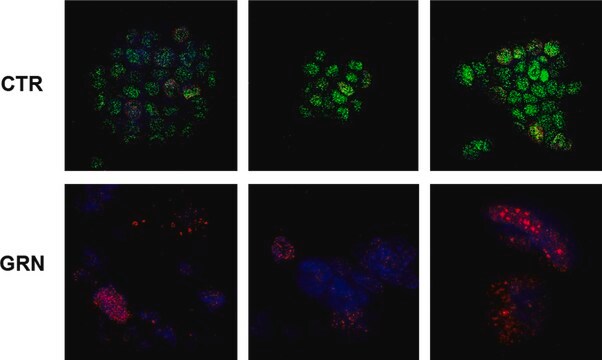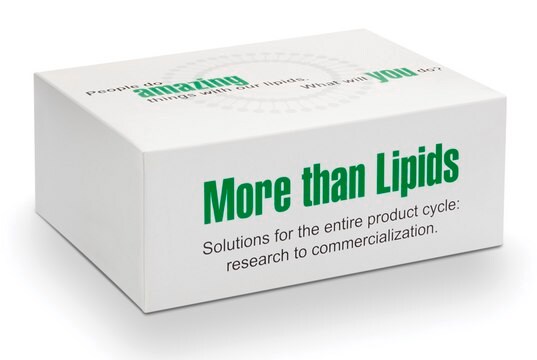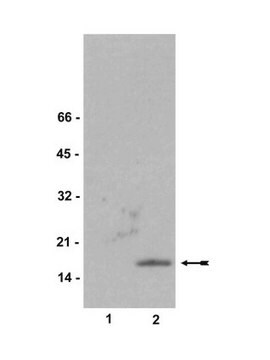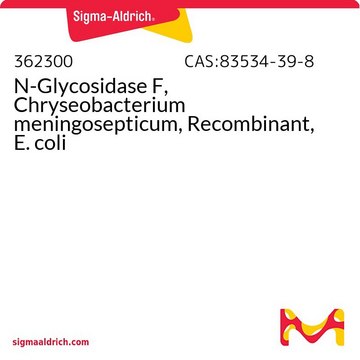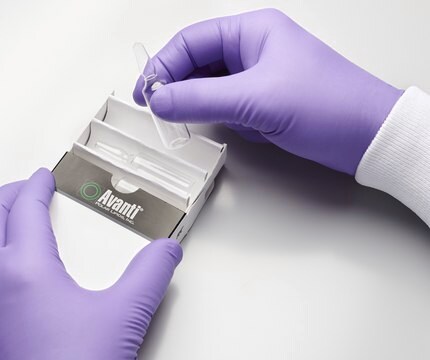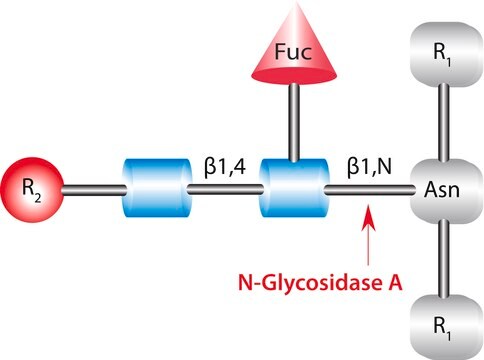AB10029
Anti-Ubiquityl Histone H2A.X (Lys119) Antibody
serum, from rabbit
Synonyme(s) :
H2AXK119Ub, Histone H2A.X Ubiquityl K119), H2A histone family, member X, H2AX histone
About This Item
Produits recommandés
Source biologique
rabbit
Niveau de qualité
Forme d'anticorps
serum
Type de produit anticorps
primary antibodies
Clone
polyclonal
Espèces réactives
mouse, human
Réactivité de l'espèce (prédite par homologie)
rat (based on 100% sequence homology), bovine (based on 100% sequence homology), canine (based on 100% sequence homology)
Technique(s)
immunocytochemistry: suitable
immunoprecipitation (IP): suitable
western blot: suitable
Numéro d'accès NCBI
Numéro d'accès UniProt
Conditions d'expédition
wet ice
Modification post-traductionnelle de la cible
ubiquitination (Lys119)
Informations sur le gène
bovine ... H2Ax(531733)
dog ... H2Ax(489372)
human ... H2AX(3014)
mouse ... H2Ax(15270)
rat ... H2Ax(500987)
Description générale
Spécificité
Immunogène
Application
Immunoprecipitation Analysis: 5 µl from a representative lot immunoprecipitated Histone H2A.X in HeLa acid extract.
Epigenetics & Nuclear Function
Histones
Qualité
Western Blot Analysis: 1:1,000 dilution of this antibody detected Histone H2A.X on 10 µg of HeLa acid extract.
Description de la cible
Forme physique
Stockage et stabilité
Remarque sur l'analyse
HeLa acid extract
Autres remarques
Clause de non-responsabilité
Vous ne trouvez pas le bon produit ?
Essayez notre Outil de sélection de produits.
Code de la classe de stockage
10 - Combustible liquids
Classe de danger pour l'eau (WGK)
WGK 1
Certificats d'analyse (COA)
Recherchez un Certificats d'analyse (COA) en saisissant le numéro de lot du produit. Les numéros de lot figurent sur l'étiquette du produit après les mots "Lot" ou "Batch".
Déjà en possession de ce produit ?
Retrouvez la documentation relative aux produits que vous avez récemment achetés dans la Bibliothèque de documents.
Notre équipe de scientifiques dispose d'une expérience dans tous les secteurs de la recherche, notamment en sciences de la vie, science des matériaux, synthèse chimique, chromatographie, analyse et dans de nombreux autres domaines..
Contacter notre Service technique